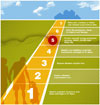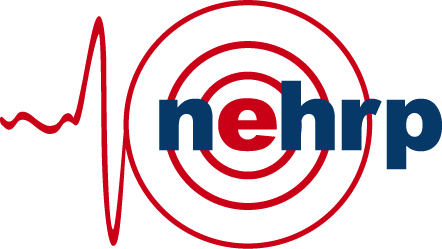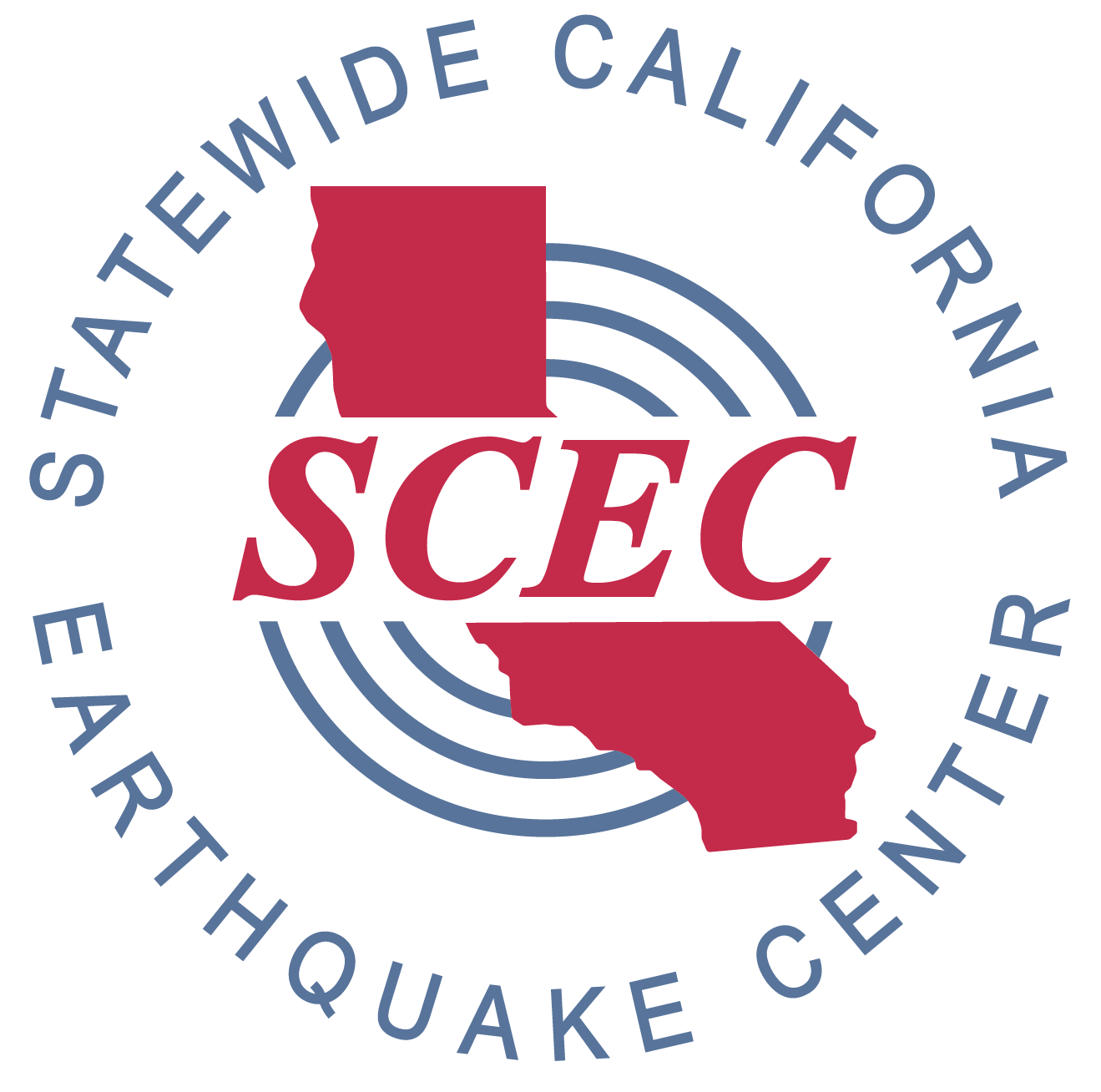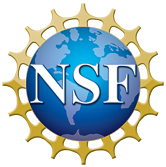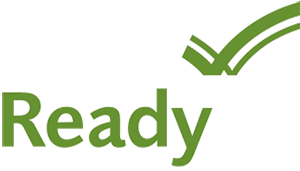- ▾ ShakeOut Regions ▾
- Alaska
- American Samoa
- Arizona
- British Columbia
- California
- Central U.S. (AL AR IA IL IN KS KY LA MO MS NE OH OK TN)
- CNMI
- Colorado
- Guam
- Hawaii
- Idaho
- Japan
- Montana
- Nevada
- New Mexico
- New Zealand
- NorthEast U.S. (CT MA ME NH NJ NY PA RI VT)
- Oregon
- Puerto Rico
- Quebec & Eastern Ontario
- SouthEast U.S. (DC DE FL GA MD NC SC VA WV)
- Texas
- Upper MidWest U.S. (MI MN ND SD WI)
- U.S. Virgin Islands
- Utah
- Washington State
- Wyoming
- Yukon
- Other Countries

Disability/AFN Organizations
Californians must get better prepared before the next big earthquake, and practice how to protect ourselves when it happens. The purpose of the ShakeOut is to help people and organizations do both.
The boxes below provide instructions for how organizations that provide services to people with disabilities or access and functional needs can plan their drill, tips for getting prepared, and suggestions for sharing the ShakeOut with others. With your participation, this may be the largest earthquake drill ever!
|
Other ways to participate: |
Which disability/AFN organizations are participating? |
SHAKEOUT SPOTLIGHT

For the 2008 ShakeOut, over 98% of the senior residents of the Vallecity Mobile Home Park in California took cover for 3 minutes and then placed OK signs in their windows for volunteer responders to check. Several residents pretended to be injured, and the responders followed procedures in place for such emergencies. The residents participate in a similar drill every six months!
PLAN YOUR DRILL
Today:
- Register as an organization to be counted in the ShakeOut Drill, get email updates, and more..
Between now and October 18:
- Consider what may happen in a major earthquake and plan what you will do now to prepare, so that when it happens your group will be able to recover quickly.
- Talk to other organizations about what they have done, and encourage them to join you in getting more prepared.
- Download and review the ShakeOut preparedness guide (PDF) for people with disabilities or access and functional needs.
- Download audio and video "drill broadcast" recordings to play during your drill (Video versions have text captions).
October 18, 10:18 a.m.:
- Drop, Cover, and Hold On: Have your employees and clients Drop to the ground, take Cover under a table or desk, and Hold On to it as if a major earthquake were happening (stay down for at least 60 seconds). Practice now so you will immediately protect yourself during earthquakes! (See this page for what to do if in bed, outside, driving, in a tall building, or other situations.)
- While still under the table, or wherever they are, have them look around and imagine what would happen in a major earthquake. What would fall on them or others? What would be damaged? What would life be like after?What will your organization do before the actual earthquake happens to reduce losses and quickly recover?
- Finally, you can practice what you will do after the shaking stops.
- After your drill is complete, have discussions about what was learned and incorporate these lessons into your disaster plan.
GET PREPARED
What we do now, before the next big earthquake, will determine what our lives will be like after.
- Visit MyHazards (California Governors Office of Emergency Services) to discover the hazards that exist in your area and learn how to reduce YOUR risk!
- Help your staff and clients to get prepared. More information is in the Seven Steps to Earthquake Safety.
- Develop, review or exercise your business continuity plan with staff to identify and practice their responsibilities.
- Create or review your employee contact lists and communication plan.
- Locate utility shut off valves; make sure staff know the location, procedure and responsibilities.
- Inventory special skills within your organization useful in a disaster (amateur radio operator, search and rescue, etc.)
- Invite your local Fire Department to your next meeting to explain earthquake safety practices and demonstrate fire extinguisher use to employees.
- Include your critical need vendors in disaster planning. Create post-disaster agreements.
- Organize or refresh your emergency equipment - fire extinguishers, first aid, flashlights, food, crank radios, satellite phones, generator, fuel; make sure staff know the location and how to utilize supplies.
- Be prepared for the possibility that your staff may need to shelter in place for 2 – 3 days.
- Store at least one gallon of water per person, per day.
- What other supplies might you need if transportation routes were blocked and staff or customers needed to remain in your facility for an extended length of time?
- Identify any structural weaknesses in your building: ask a local earthquake retrofitting contractor for a structural inspection, and develop a plan to address any issues. If you rent your facility, ask the building owner about the state of the building. Consider whether earthquake insurance is right for you.
SHARE THE SHAKEOUT
- Encourage your staff and clients to register as individuals or families.
- Add a link to ShakeOut.org on your website; use one of several ShakeOut web banners.
- Ask neighborhood businesses to display posters about ShakeOut in their windows and flyers at their counters.
- Tell everyone to watch "Preparedness Now", a compelling film that depicts what will happen in a "big one," and other videos.
- Once you are registered, you will receive ShakeOut preparedness tips, event updates, and more. Forward these to your membership and ask them to forward the e-mails to everyone who matters to them. With your help this can become the largest earthquake drill in U.S. history!
- Design and host preparedness events to encourage your community to join the ShakeOut and prepare for disasters. Create alliances with other organizations to make the event a bigger success.
